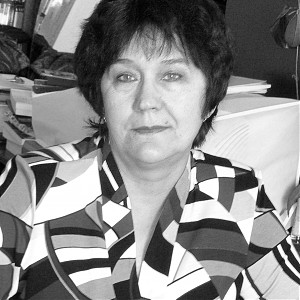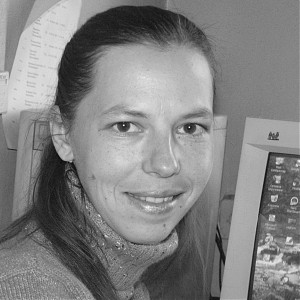Laboratory of Integrated Geophysics
Chief Eugene Kh. Turutanov, Can. Sci. (Geol.-Min.)
The staff consists of 13 persons, among which are three doctors and five candidates of sciences.
The Laboratory of Deep-Seated Structure of the Earth Crust and Upper Mantle was created in 1970 by merging the Laboratory of Seismometry (chief G.N. Bugaevsky) with the Laboratory of Integrated Geophysics (chief P.V. Korostin) and worked till 2003 year under the supervision of Yu.A. Zorin, Dr. Sci. (Geol.-Min.), Prof., Honored Worker of Science of RF.
The Laboratory discipline is dealing
- with deep-seated geodynamics and geodynamic evolution of the lithosphere. It has been found that the lithosphere beneath tectonically active areas of present-day Central Asia including the Baikal rift zone is thinner and hotter than that beneath the stable Siberian platform and can be deformed by regional and global tectonic forces. The lithospheric structure model used to assist in the paleogeodynamic reconstruction of folded areas in Siberia and Mongolia has raised plausible grounds for reconsideration to tectonics and metallogeny in these regions. The interpretation of isostatic anomalies allowed identifying long-wave (regional) gravitation minimums that may relate to the stems of the Upper Cenozoic plumes in the upper mantle beneath the Baikal rift zone and Central Mongolian mountain structures, as judged from the correlation with the Rayleigh wave group velocities.
- Heat flow in the continental lithosphere. These studies became known after S.V. Lysak had published two monographs, one entitled “Geothermal conditions and thermal waters of the southern part of East Siberia” (1968) and the other entitled “Heat flow in continental rift zones” (1988). It has been also found that the travel of underground waters does much to redistribute heat flow. The geothermal investigations provided the basis for predicting the thickness of gas-hydrate layer in bottom sediments of Lake Baikal. In 2007, V.A. Golubev published the monograph “Conductive and convective heat flow in the Baikal rift zone”.
The Laboratory works in cooperation with the Institute of Geochemistry named after A.P. Vinogradov and Institute of Petroleum Geology and Geophysics named after A.A. Trofimuk SB RAS, Irkutsk State Technical University, Geological Institute and Joint Institute of Earth Physics RAS, Geological Institute and Research Center of Astronomy and Geophysics of the Mongolian Academy of Sciences, Mongolian State University, the University of Wisconsin (Madison) and the University of California (Los-Angeles), USA, Pierre and Marie Curie University (Paris-6) and University of West Brittany (UBO), France, the French National Center for Scientific Research (CNRS), Japan’s National Institute of Polar Research, and other scientific institutions.
The future studies are related to the use of seismic wave records of digital stations in combination with the gravimetric and geothermic data to investigate the lithospheric and asthenospheric structure beneath tectonically active areas of Central Asia. The study of the ratio between convection heat transfer and the conduction heat transfer from the depths of the Earth to the surface will contribute significantly to understanding the lithospheric thermal regime and estimating the role of deep-seated heat sources in tectonic activity of certain areas.












